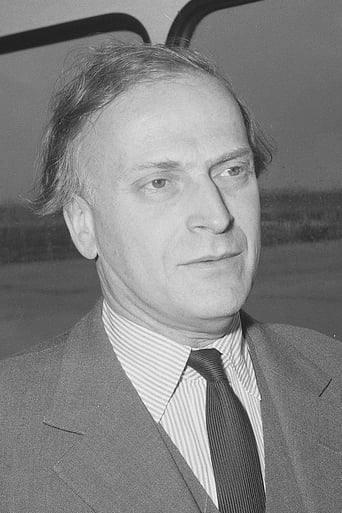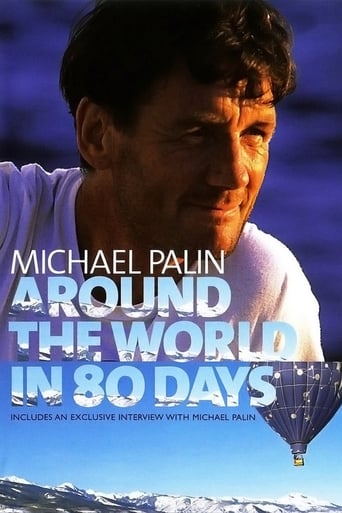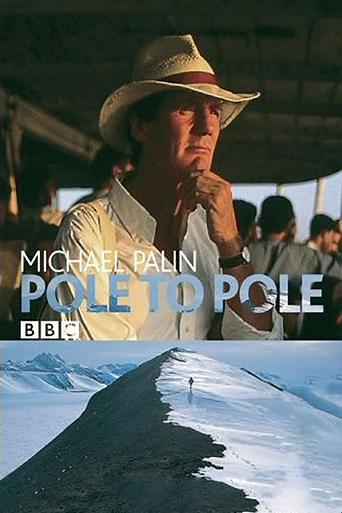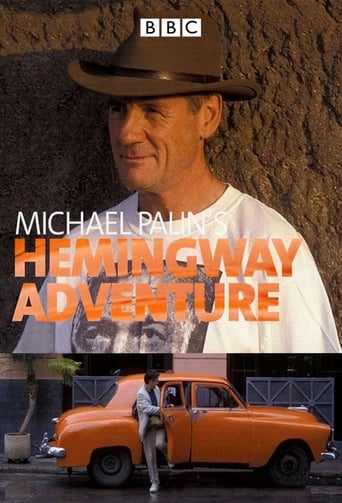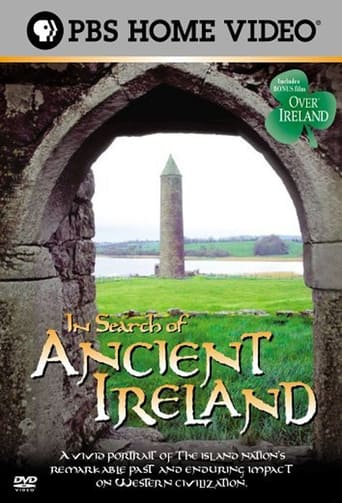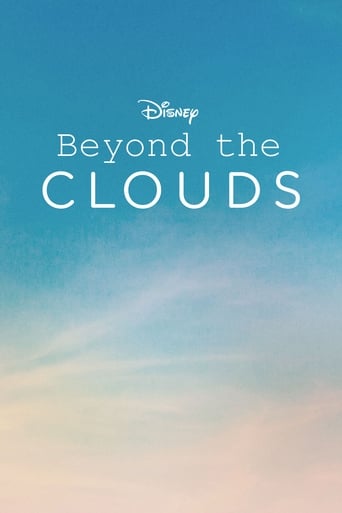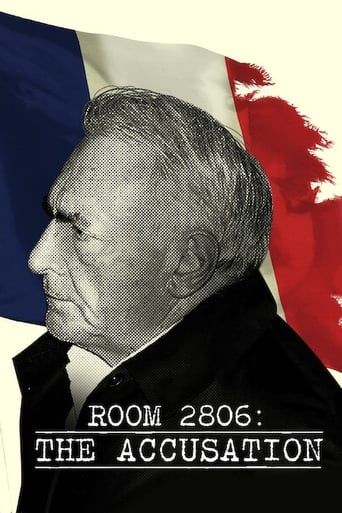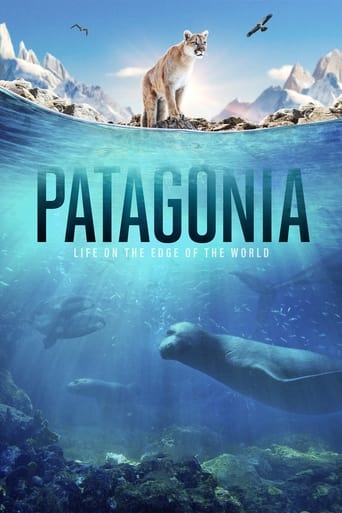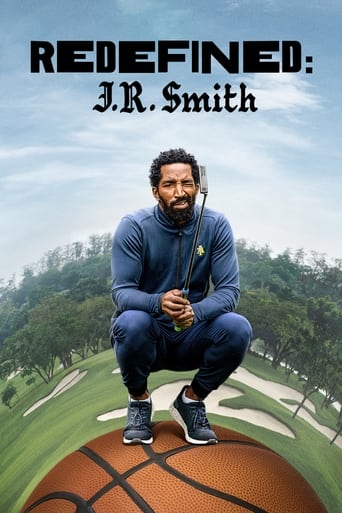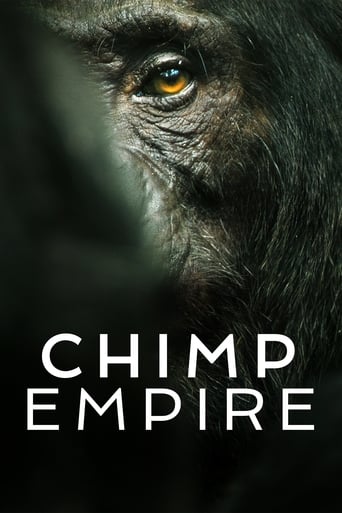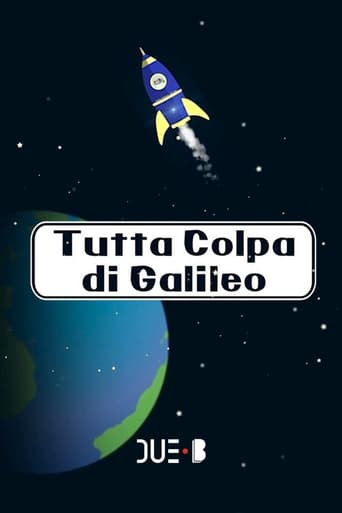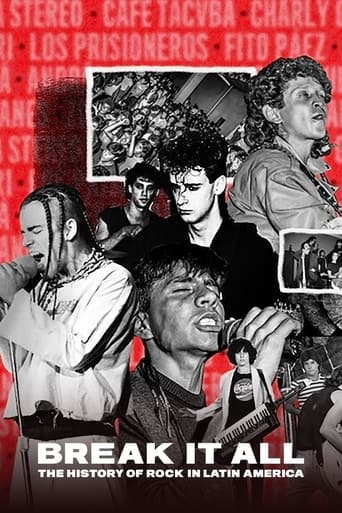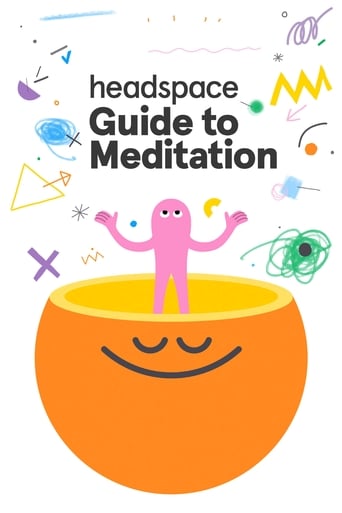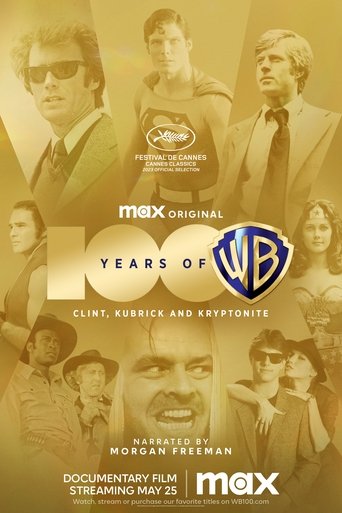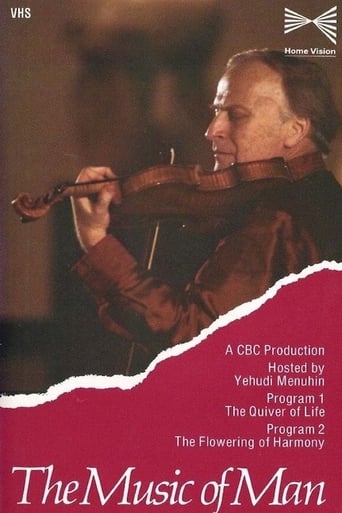
The Known and the Unknown
Between the two World Wars the pace of life quickened. Jazz became enormously popular in both Europe and America. In classical music, Aaron Copland and Arnold Schoenberg opened new horizons. Radio and sound movies popularized all forms of music, from Toscanini to Big Bands. After World War I, Schoenburg introduced the 12-tone system, as revolutionary a step as Bach's tempering of the eight-tone scale had been. The dissonant new music that he made possible was not readily embraced by North American listeners, who were beginning to accept jazz-influenced swing music and the purer symphonic sounds of film scores and radio. Highlights include Schoenburg's Suite for Piano, Op. 25, footage of a 1934 Louis Armstrong performance of "Tiger Rag," George Gershwin's "I Got Rhythm," and Rossini's "William Tell Overture."
Country: US
Language:
Runtime:
Season 1:

The first program tells how music began 35,000 years ago with hollowed-out animal bones. In India and China, music was a perfected art long before the birth of Christ. In the western world, music has only flowered in the past thousand years. Menuhin points to the basis of musical expression: man's sense of rhythm, first developed in the womb in response to the mother's heartbeat. Performing are Menuhin, Canadian composer Murray Schafer, jazz flutist Paul Horn, native singers and dancers from New Guinea, Senegal and Plains Cree Indians, Ukone of the Gwi people, Martha Takata of Syria, Abed Azrie, Nellie Karras Dancers, Greek singer Arda Mondikan, Ponti and Demotic Dancers of Greece.

With the growth of music from the Middle Ages to the Renaissance came a blending of many voices. Palestrina and Gabrielli are but two of the early composers featured. Yehudi Menuhin traces the development of vocal music and forms of musical notation from the chants of Buddhist monks to the massed choirs of the Renaissance. Also: Ravi Shankar discusses Indian music, in which ornamentation and melodic purity evolved in place of harmony.

At the height of the Renaissance in Italy Monteverdi wrote the first opera, a form of entertainment instantly popular throughout Europe. Corelli created the sonata form and new instruments were developed. The development of musical instruments began to challenge the dominance of the human voice, and violin-making readied its finest form in Italy with Stradivari and Guarneri. Lully was the musical giant at the Court of Versailles. In England, Purcell was perhaps the first great modern composer and Handel brought works for voice of lasting inspiration.

The works of Vivaldi, Bach, Mozart, Haydn, Beethoven and Schubert established music as an accessible and popular art form in Western society. The program also examines J.S. Bach's exploration of the tempered scale, a method of tuning keyboard instruments that simplified the task of writing for a full orchestra.

The era of Western industrialization and the Romantic movement brought with it the grand piano and the huge symphony orchestra. Verdi, Brahms, Wagner and Tchaikovsky each put their unique stamp on Western music. National Ballet of Canada stars Karen Kain and Frank Augustyn dance the Swan Lake pas de deux to Tchaikovsky's music played by violinist Yehudi Menuhin.

During the pre-World War I era the music of Stephen Foster, Scott Joplin and John Philip Sousa influenced the popular musical tastes of America. Abroad Debussy, Strauss and Mahler filled concert halls, while Igor Stravinsky advanced the revolution with The Rite of Spring. With the dawn of the 20th century, the audio recording was invented. In contrast with the sophisticated and impressionistic music of Europe, American music at the turn of the century was influenced by African rhythms and melodies which produced the blues, spirituals, minstrel shows and ragtime. These new musical forms were popularized by the advent of motion pictures.

Between the two World Wars the pace of life quickened. Jazz became enormously popular in both Europe and America. In classical music, Aaron Copland and Arnold Schoenberg opened new horizons. Radio and sound movies popularized all forms of music, from Toscanini to Big Bands. After World War I, Schoenburg introduced the 12-tone system, as revolutionary a step as Bach's tempering of the eight-tone scale had been. The dissonant new music that he made possible was not readily embraced by North American listeners, who were beginning to accept jazz-influenced swing music and the purer symphonic sounds of film scores and radio. Highlights include Schoenburg's Suite for Piano, Op. 25, footage of a 1934 Louis Armstrong performance of "Tiger Rag," George Gershwin's "I Got Rhythm," and Rossini's "William Tell Overture."

The post-war exploration of music, impelled by the LP, the transistor radio and the television, has taken Western music beyond early jazz into folk, rock and electronic music. Yet as old rules are questioned, man clings to the forms of music that will always remain rooted in the deepest instincts of his nature. Yehudi Menuhin examines the divergent trends in music following World War II: Bela Bartok's arrangements of traditional folk tunes; Oscar Peterson's jazz improvisations; John Cage's exploration of random sound; and the Beatles' impact as "pop idols" on an entire generation.

